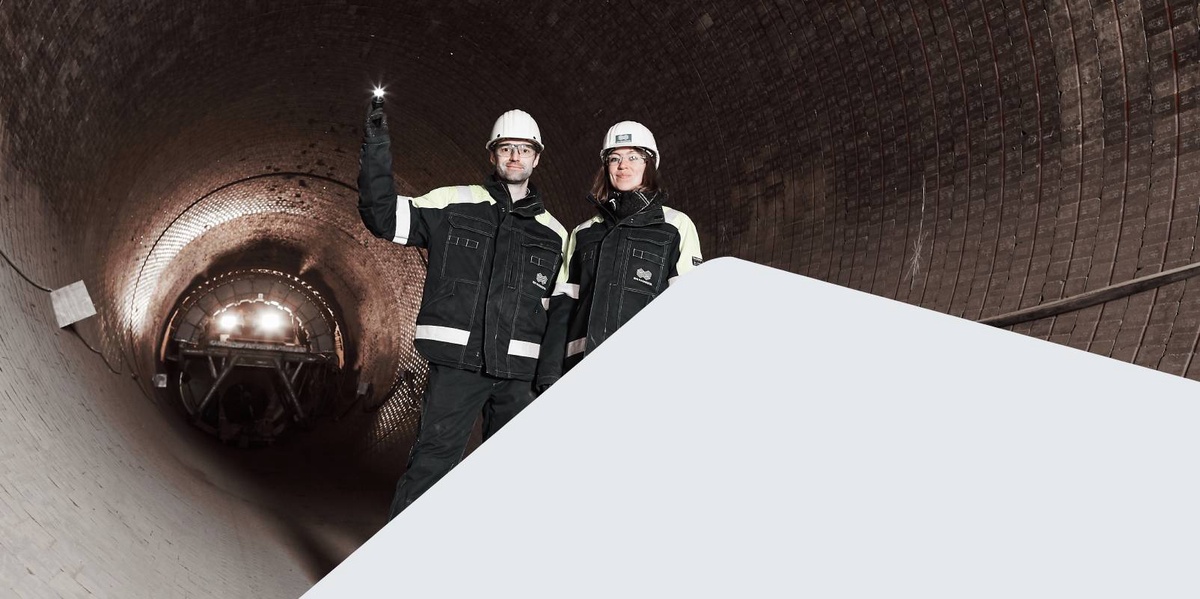Refractory cement has long been a cornerstone in metallurgy, glassmaking, and foundries. Traditionally, its primary use has been constructing high-temperature environments like furnaces. However, as refractory manufacturers in India evolve and technology advances, there is a growing need to explore new avenues for the application of refractory cement.
Emerging Applications of Refractory Cement
Here are the emerging applications of refractory cement, including:
● Construction and Infrastructure
Refractory cement is finding new relevance in construction and infrastructure. Beyond its traditional role in lining furnaces, it is becoming crucial in fireproofing and insulating buildings. Its use extends to high-temperature linings for chimneys and incinerators and in the repair and patching of concrete structures. Moreover, it is becoming integral in thermal storage applications, contributing to the energy efficiency of buildings.
● Environmental Protection and Waste Management
The versatility of refractory cement shines in environmental applications. It plays a vital role in the cementation and stabilization of hazardous materials, lining landfills and waste treatment facilities, and constructing containment vessels for toxic substances. Additionally, it facilitates the thermal treatment of hazardous waste, contributing to a safer and more efficient waste management process.
● Energy and Power Generation
Refractory cement is increasingly used in lining boilers and furnaces for renewable energy production in energy and power generation. It is invaluable in power plants' thermal energy storage systems and high-temperature insulation. As the focus on solar energy grows, refractory cement finds applications in solar energy systems, aiding in the harnessing and storing of solar power.
● Advanced Materials and Manufacturing
Refinery coatings for high-temperature tools, investment casting, mold making, and even additive manufacturing (3D printing) of refractory materials are emerging as cutting-edge applications. Refractory cement contributes to the production of ceramic and composite materials, showcasing its adaptability in advanced manufacturing processes.
● Aerospace and Aviation
The demand for materials that can withstand extreme temperatures and harsh conditions is paramount in the aerospace and aviation industries. Refractory cement is making strides in this sector by manufacturing components for spacecraft, rocket engines, and other high-performance aerospace applications. Its ability to endure intense heat makes it valuable in producing thermal protection systems for spacecraft re-entry and propulsion systems.
Benefits and Advantages of Using Refractory Cement Beyond Traditional Applications
The remarkable properties of refractory cement make it an attractive choice for various applications. It has high-temperature resistance, excellent chemical resistance, and more. Compared to other refractory materials, its features position it as a versatile solution. Furthermore, its environmentally friendly and sustainable nature aligns with the growing emphasis of refractory cement suppliers on eco-conscious practices.
Challenges and Considerations for Expanding the Use of Refractory Cement
Despite its vast potential, the expanded use of refractory cement faces challenges. The hurdles include the lack of awareness and understanding of its potential, the need for further research and development, standardization, and quality control, and the availability of skilled labor for installation and maintenance. Addressing potential environmental concerns associated with some applications is crucial for responsible usage.
The Future of Refractory Cement
The future of refractory cement looks promising. There is a potential for significant growth in new markets, with ongoing development of new formulations and technologies. The industry is expected to increasingly emphasize sustainability and environmental responsibility. Education and training initiatives will be pivotal in promoting wider adoption, and collaboration between industry, academia, and government agencies will be key to driving innovation.
Conclusion
Refractory cement, often overlooked beyond its traditional applications, is a versatile and valuable material with untapped potential. The refractory cement industry can unlock new growth opportunities and contribute to a more sustainable future by exploring new applications and overcoming existing challenges. As refractory cement suppliers worldwide continue to innovate, the industry is poised for a transformative journey. RHI is one of the prominent refractory manufacturers in India, standing at the forefront, driving advancements that shape the future of refractory cement.


No comments yet